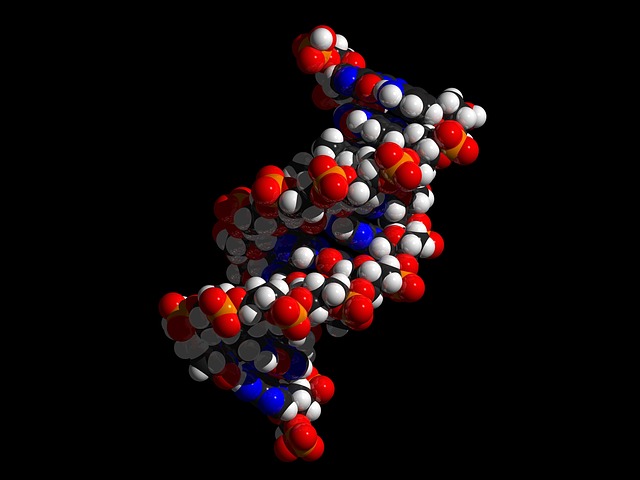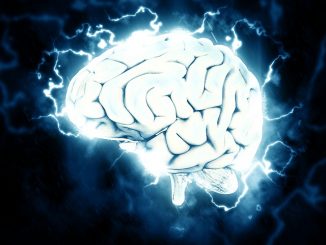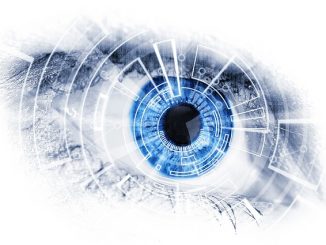
Although our cells have the inherent ability to repair DNA damage, this capability diminishes as we age. We know this to be true; we just don’t fully understand why.
Through a recent study done by researchers at the University of New South Wales (UNSW) and Harvard Medical School, we’re one step closer to figuring out how and why it happens. And it’s all thanks to NAD+ (the oxidized form of nicotinamide adenine dinucleotide) — a substance that’s present in all our body’s cells and has long been known for its role in controlling cell-damaging oxidation. By examining the effect of NAD+ on other proteins, the team discovered that it also functioned as a key regulator of protein interactions that control DNA repair. Simply put, more NAD+ molecules mean better DNA-repairing ability.
To arrive at their conclusion, the team –headed by Professor David Sinclair of UNSW and Harvard Medical School — experimented with young and old mice.
What they did was to give mice water that contained a NAD+ ‘booster’ called NMN (Nicotinamide mononucleotide) which is basically what makes up half of the NAD molecule. After drinking the ‘fortified’ water, the mice showed an improved ability to repair DNA damage that resulted from old age or radiation exposure.
As Professor Sinclair said in a statement: “The cells of the old mice were indistinguishable from the young mice, after just one week of treatment.”
The team surmises that the effect has to do with the body’s natural way of repairing itself. Whenever a cell divides, DNA replicates itself. Unfortunately, it’s not always a perfect copy, and sometimes, errors that happen cause damage to the cells. Thankfully, these errors can be repaired, as long as the body has sufficient number of the DNA-repairing compound known as PARP1.
But there’s another character in the picture — DBC1. When DBC1 binds with PARP1, PARP1 can’t do its job of fixing DNA errors. So here’s where NAD+ comes in.
Essentially, NAD+ prevents DBC1 from bonding with PARP1. This means that when there’s plenty of NAD+, PARP1 can do its job. But when NAD+ levels decline (like what happens in older people), DBC1-PARP1 bonds proliferate, and PARP1 can’t do its job. Over time, damaged cells just keep on accumulating.
To put that in perspective, tests on mice showed that the older ones have low levels of NAD+ and PARP1, which also meant they had plenty of those damaging DBC1-PARP1 bonds. When given the NMN booster, however, the older mice showed renewed capability of repairing DNA in just a week as their NAD+ levels returned to ‘youthful levels’.
When it came to mice affected by radiation, giving them NMN (whether before or after radiation exposure) protected them from DNA damage as well. Specifically, they didn’t show altered red or white blood cells counts, which is typically what happens after chemo and radiation cancer treatments that both kill tumors but cause significant DNA damage in otherwise healthy cells.
Because NMN also benefits cells exposed to radiation, the excitement about the team’s findings has affected NASA which may be seeing this breakthrough as a potential solution to their problem of keeping their astronauts healthy. Whether short or long, astronauts get constantly exposed to cosmic radiation during space missions. This results in accelerated aging which manifest in symptoms like memory loss and muscle weakness. For longer missions like a trip to Mars, NASA estimates that prolonged exposure to cosmic radiation will cause the death of 5% of astronauts’ cells. Even worse, their chance of getting cancer is almost 100%. With an anti-aging solution that works on radiation exposure-associated cell damage, astronauts may no longer have to deal with these bleak probabilities.
Human trials are expected to begin within the next 6 months. If the tests prove effective, the findings can help push forward the development of therapies that prevent aging-related DNA deterioration. It can also help protect cancer patients from the harmful side effects of chemo and radiation therapy. NASA’s space missions may become purely beneficial as well. Even frequent flyers stand to benefit from this too.
The study has been published in the March 24, 2017 edition of the journal Science.
Disclaimer: This page contains affiliate links. If you choose to make a purchase after clicking a link, we may receive a commission at no additional cost to you. Thank you for your support!




Stupid question poised by a non scientist. Can radiation penetrate a very stong magnetic field? If not, can this help protect astronauts and nuclear workers in a radiation contamination?